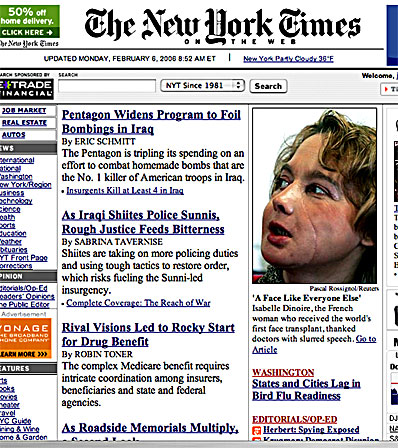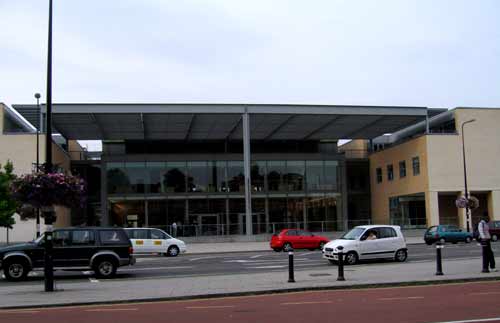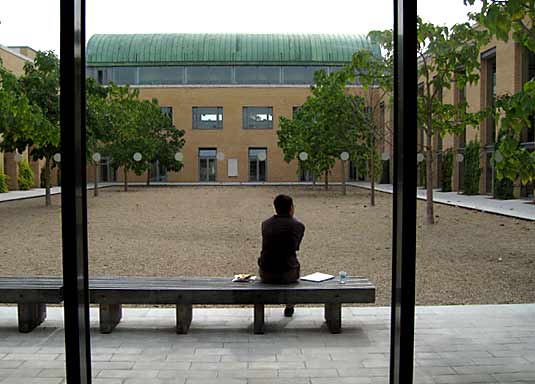As regular readers know, I am fascinated by photography, so it’s not surprising that two articles on the subject caught my eye — both published in the New York Times.
The first was an intriguing piece by Michael J. Lewis on how popular conceptions of beauty are shaped by the photographic technology available at a particular time. Black and white film, for example, favoured faces like those of Greta Garbo and Katharine Hepburn.
the intense tonal range of black and white photography favored a richly contoured face, with prominent cheekbones that cast lovely form-defining shadows. An “angular face,” as Katharine Hepburn termed her own, was particularly good at casting shadows. If her face was insufficiently angular, an actress might make it more so. Marlene Dietrich is supposed to have had her upper molars removed to put shadows under her cheekbones, a story she bitterly denied.
In describing these features, people invariably resorted to the metaphor of sculpture, and compared them to a glistening marble statue lighted dramatically from one side. The director George Cukor observed that “that extraordinary sculptural construction of lines and planes,” Joan Crawford’s face, “caught the light superbly, so that you could photograph her from any angle.”
A generation later, in his essay on Garbo’s face, Roland Barthes, the French philosopher, described it as enigmatic “mask of antiquity,” that was “sculpted in something smooth and fragile.”
But the arrival of Technicolor in the 1950s changed all that. The new technology, Lewis writes,
did not take kindly to the sculptural face. The legendary Barrymores, with profiles like a map of the English coast, suddenly seemed too craggy.
There arose a new concept of film beauty. Now the distinguishing trait was not so much facial architecture as a glowing complexion. Neither Marilyn Monroe nor Grace Kelly nor Kim Novak had what might be called a strong face, but all presented vast expanses of vitally healthy skin on the big screen.
Lewis thinks that one of the effects of digital technology — especially movies on DVD — is to lead to an emphasis on oversized facial features. This, at any rate, is how he interprets the findings of a poll conducted by People magazine, which asked its 500,000 readers to choose the fifty “most beautiful” people.
What is the American ideal of beauty today? To judge by People magazine’s new “50 most beautiful” issue, which came out earlier this month, it does not tend to delicate and fine features. If anything, it runs in the opposite direction, toward large and striking features: Angelina Jolie’s oversize lips; the emphatic jaw of Mariska Hargitay, a star of “Law & Order: Special Victims Unit”; the startlingly wide mouth of Julia Roberts.
And the reason for this? Because we see them mainly on a small(ish) screen.
The defining feature of the digital image is its smallness. A head shown on a television screen is usually life-size or smaller, a format that favors large features. Just as cartoonists exaggerate the features of their characters so they remain legible in miniature, so oversize features work well on the small screen. The more cartoonish, within limits, the better.

The other interesting NYT article was a profile of the distinguished photojournalist David Burnett, who in addition to lugging round the standard Canon digital cameras and lenses that most professional snappers use nowadays, also carries an ancient 4 x 5 Speed Graphics camera — because it produces the kinds of images to which digital technology cannot even aspire.




